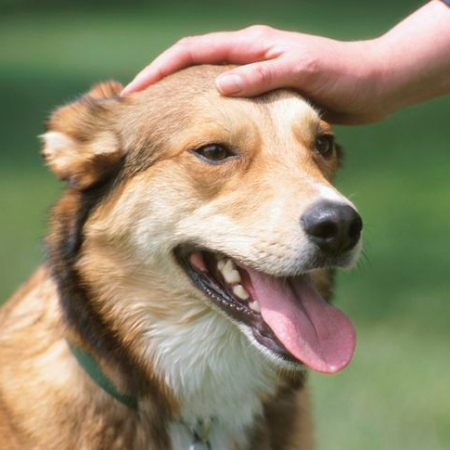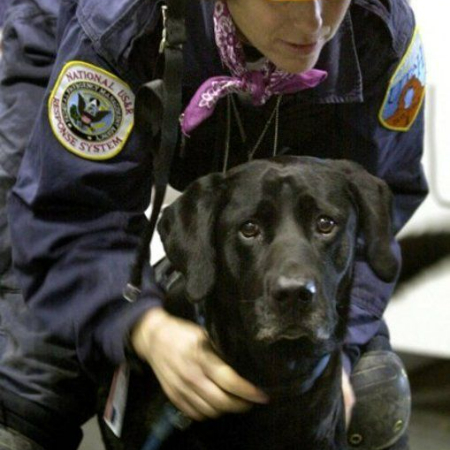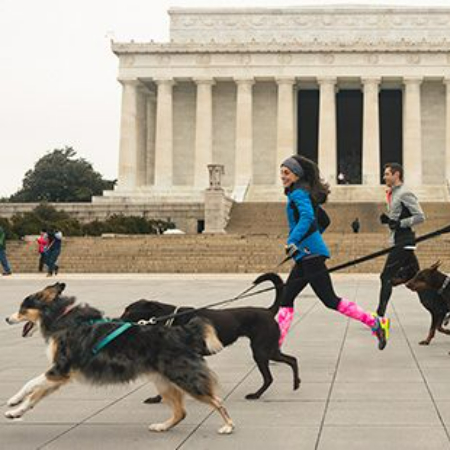The Role of Dogs in Search and Rescue Operations: Tales of Canine Heroes
The first people to arrive at a scene of calamity are frequently people with four legs. Though they have long been considered man’s closest friend, dogs prove to be considerably more useful during search and rescue missions.
These courageous dogs rescue lives by using their amazing sense of scent, agility, and loyalty, becoming real heroes in the process. Let’s take a look at the world of search and rescue dogs and learn some inspiring stories about these heroic canines.
Why Dogs Are Perfect for Search and Rescue
Throughout history, dogs have played a significant role in search and rescue missions. From being merely friends to becoming expert rescues, their job has changed. What, though, makes dogs the best animals for this kind of labor?
Better Smell: A dog’s sense of smell can detect scents up to 100,000 times more strongly than a person’s. They can smell things across a vast distance and even through snow, water, and rubble because of this incredible talent. Their value in locating lost or trapped individuals is immense.

Agility and Speed: Dogs are far faster and more agile than humans at navigating challenging terrain. They have the ability to travel swiftly across uneven terrain, squeeze through small openings, and scale detritus. Their dexterity enables them to access locations that humans might consider unattainable.
Training and intelligence: In order to refine their innate skills, search and rescue dogs go through a rigorous training program. Scent tracking, particular command response, and maintaining focus under pressure are among the skills they are taught. They can be highly trusted in rescue operations because of their intelligence and trainability.
Sorts of Dogs Used for Search and Rescue
There is a wide variety of sizes and kinds of search and rescue dogs, and each is appropriate for a certain kind of task. The following are some of the most common varieties of SAR dogs:
Dogs Trained to Smell Humans: These canines are conditioned to detect any fragrance of people. Since they can walk freely and detect scents carried by the wind, they are usually employed in wilderness or disaster environments.
Dogs that follow a person’s scent: Trailing dogs typically track down a person by scent, usually from clothing or items they have handled. In urban or woodland settings, they work incredibly well for locating missing people.
Dogs Trained in Water Rescue: These canines are specifically trained in water rescue operations. Strong swimmers that have received training to save lives from drowning or find bodies in water include Newfoundlands and Labrador Retrievers.
Cadaver Dogs: Dogs trained to sniff out human remains are known as cadaver dogs. In locating victims of crimes, accidents, or natural disasters, they are indispensable.
Amazing Tales of Canine Defenders
Many remarkable tales of canine heroes who have saved many lives abound in the search and rescue community. A few motivational stories are as follows:
Jake, the Hero of 9/11
Following the events of September 11, 2001, Jake, a black Labrador Retriever, rose to prominence as one of the most well-known search and rescue dogs. He spent hours sorting through the debris at Ground Zero in New York City in search of survivors and remains after being sent there.

Jake labored diligently with his handler and other rescue personnel in spite of the difficult circumstances. Being a true hero was a testament to his bravery and perseverance during one of the worst periods in history.
The seismic survivor Frida
Following the earthquakes in 2017, Mexico saw the rise to fame of Frida, a yellow Labrador Retriever. With training from the Mexican Navy in search and rescue, Frida was able to discover over 40 victims who were buried under debris and save the lives of 12 individuals.
Because of her courage and tenacity, she won the hearts of people everywhere and came to represent resiliency and optimism.
Bear, the Australian Tracker
Overcoming wildfires in Australia, Bear, a Border Collie mix, is trained to locate injured koalas. Even though Bear isn’t a typical SAR dog, his work is nonetheless extremely important. Bear can detect wounded wildlife and help rescuers save it from the aftermath of fires since he is equipped with special socks that shield his paws from the heat.
He has saved several koalas through his efforts, demonstrating the multifaceted heroism that SAR dogs may exhibit.
The Practice That Makes Heroes
It is a difficult undertaking to train a search and rescue dog. For both the dogs and their handlers, it takes commitment, perseverance, and time. It usually takes two years to finish, and the process begins when the dog is still a puppy.
Basic Obedience: Dogs must learn fundamental obedience cues like sit, stay, and come before they can begin SAR training. For them to be safe and productive in the field, they need this foundation.
Tailored Training: Dogs receive tailored instruction to enhance their abilities based on their designated roles. Agility, scent recognition, and targeted search methods are all part of this.
Exposure and Socialisation: SAR dogs must feel at ease in a variety of settings and with people as well as other animals. To make sure they are attentive and composed in any circumstance, they are exposed to a variety of noises, sights, and scents.
Mock Scenarios: Handlers frequently train their dogs by putting them through fictitious disaster scenarios. They are more equipped to handle the chaotic and unpredictable situations that arise during actual rescue operations.
The Bond Between Dog and Handler
For a search and rescue dog to be successful, the relationship between the dog and its handler is essential. On communication, respect, and trust, this connection is based. Teamwork is improved by the strong bond that develops between handlers and their dogs, who frequently live and work together for years.

In every rescue mission, this relationship is clear. While dogs look to their handlers for support and direction, handlers rely on their dogs’ instincts and abilities. They demonstrate the genuine meaning of teamwork by overcoming difficulties and facing challenges together.
Conclusion
Because they risk their lives to help others, search and rescue dogs are more than simply animals. They are actual heroes. These brave dogs relentlessly serve persons in need wherever they go, from disaster areas to wilderness treks.
We are reminded of the special relationship between humans and dogs, a bond that inspires and saves lives every day by their amazing powers, devotion, and touching tales.
Search and rescue canines consistently demonstrate that they are, in fact, man’s best friend and much more whether they are locating victims following an earthquake or tracking down a lost hiker in the mountains.
Doglime for more dog-related information.
Tags










